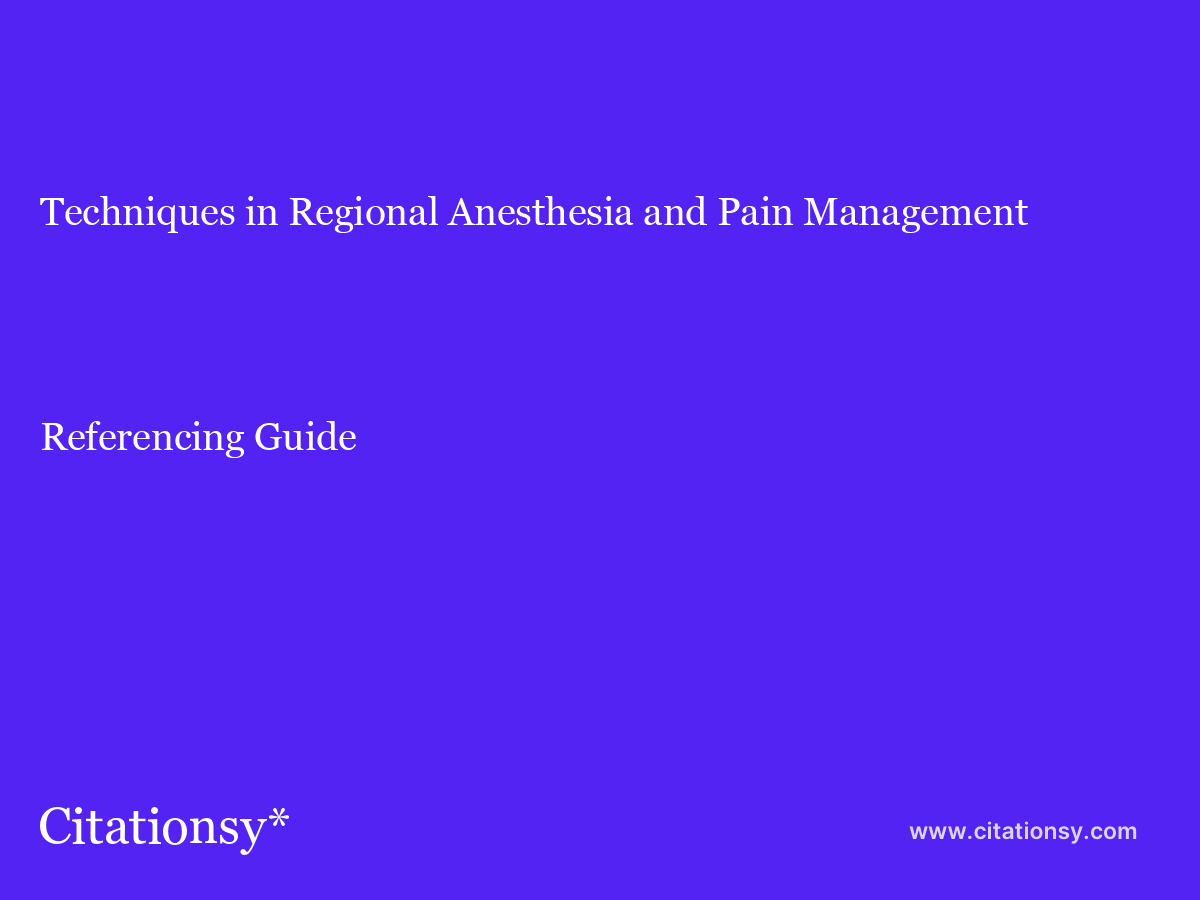

Mastering Anesthesia Techniques: Ensuring Optimal Patient Comfort
The art and science of anesthesia are integral to modern medical procedures, ensuring patients undergo surgeries and interventions with comfort and safety. In this exploration, we delve into the diverse techniques employed by anesthesia professionals, highlighting their role in optimizing patient comfort and contributing to successful medical outcomes.
The Foundation of Anesthesia: Understanding Patient Physiology
Anesthesia begins with a profound understanding of patient physiology. Anesthesia professionals meticulously assess each patient’s medical history, current health status, and potential risk factors. This comprehensive evaluation guides the selection of appropriate anesthesia techniques tailored to individual needs, setting the stage for a safe and effective anesthesia experience.
General Anesthesia: Inducing Controlled Unconsciousness
General anesthesia remains a cornerstone technique, particularly for complex surgeries or procedures where the patient needs to be completely unconscious. Anesthesia professionals administer medications that induce a controlled state of unconsciousness, ensuring the patient feels no pain and is unaware of the surgical process. The depth of anesthesia is continually monitored to maintain a delicate balance throughout the procedure.
Regional Anesthesia: Targeting Specific Nerve Pathways
Regional anesthesia involves numbing a specific region of the body, offering pain relief without inducing unconsciousness. Techniques such as epidurals and nerve blocks target specific nerve pathways, effectively blocking sensations in the designated area. Regional anesthesia is commonly used for surgeries on limbs, the abdomen, or during childbirth, providing targeted comfort while allowing patients to remain conscious.
Local Anesthesia: Focused Pain Relief for Minor Procedures
Local anesthesia is employed for minor procedures and involves the administration of anesthetic agents to a specific area, numbing only the immediate vicinity of the surgical site. This technique is commonly used for dermatological procedures, dental work, or minor surgeries, providing effective pain relief without affecting the entire body.
Monitored Anesthesia Care (MAC): Ensuring Comfort During Procedures
Monitored Anesthesia Care (MAC) involves administering sedatives and pain-relieving medications to keep patients comfortable during procedures without inducing complete unconsciousness. This technique is often employed for minimally invasive surgeries or diagnostic procedures, allowing patients to remain responsive while alleviating discomfort.
Balanced Anesthesia: Tailoring a Customized Approach
The concept of balanced anesthesia involves combining multiple anesthesia techniques to tailor an approach that suits the unique needs of each patient and procedure. By carefully blending general, regional, and local anesthesia, anesthesia professionals optimize pain control, minimize side effects, and enhance recovery, providing a customized and patient-centered experience.
Intravenous (IV) Sedation: Achieving Relaxation and Pain Relief
Intravenous (IV) sedation is a technique that induces a state of deep relaxation and pain relief. Administered through an IV line, sedative medications help patients remain calm and comfortable during certain procedures. This technique is often utilized for dental work, endoscopic procedures, or minor surgeries performed in outpatient settings.
Pediatric Anesthesia: Specialized Care for Young Patients
Anesthesia techniques for pediatric patients require a specialized approach. Anesthesia professionals consider factors such as age, weight, and developmental stage to administer anesthesia safely. Techniques may include inhalation anesthesia, regional blocks, or a combination tailored to the unique needs of children, ensuring their comfort and safety during medical procedures.
Emerging Technologies in Anesthesia: Advancing Precision and Safety
The field of anesthesia continually evolves with the integration of emerging technologies. Advanced monitoring systems, pharmacological innovations, and enhanced delivery methods contribute to precision and safety in anesthesia administration. These technological advancements not only improve the efficacy of anesthesia but also enhance patient outcomes and recovery.
Patient Education and Communication: Building Trust and Alleviating Concerns
An essential component of successful anesthesia is patient education and communication. Anesthesia professionals engage in open and transparent discussions with patients, explaining the chosen anesthesia technique, potential side effects, and addressing any concerns. Building trust and ensuring clear communication contribute to a positive anesthesia experience for patients.
In conclusion, mastering anesthesia techniques is a dynamic blend of medical expertise, technology integration, and patient-centered care. The diverse array of techniques allows anesthesia professionals to tailor their approach to the specific needs of each patient and procedure, ensuring optimal comfort and safety. For more information on the nuances of Anesthesia Techniques, visit Anesthesia Techniques.








